This week in 1938 brought an end to one of America’s great brands: Pierce Arrow
It’s April 1938 in a federal courtroom in Buffalo, N.Y.
There, what seems unimaginable to wealthy motorists is happening, as Federal Judge John J. Knight declares the Pierce-Arrow Motor Corporation bankrupt, its land, machinery, and buildings to be auctioned off within a month.
The company’s $1.2 million in assets is used to pay off $1.9 million in liabilities.
“Based on the foregoing estimates, there will be no funds available for any dividend to general creditors or stockholders,” says Martin Ewald, a Pierce-Arrow trustee tells the court, adding, “the company has been unable to pay its debts since December.”
It’s a sad ending for a company known as one the Three Ps, a trio of America’s finest automakers that include Peerless and Packard.
A proud manufacturing heritage
Pierce Arrow was the vision of George N. Pierce, born in Friendsville, Pennsylvania in 1846. Having helped form Heinz, Pierce, and Munschauer in 1873, a company that manufactured domestic goods. He departs in 1876, forming the George N. Pierce Co. two years later. The new firm manufactured the same products before bicycles became its sole product in 1892.
Within a few years, Pierce began experimenting with gas engines, producing his first car, the Pierce Motorette, in 1901, and powered by a DeDion one-cylinder engine. Two years later, Pierce would begin building their own engines in its new model, The Arrow, with the powerplant located up front. The Great Arrow, a larger car, followed in 1904 with a four-cylinder engine, and priced from $4,000. It’s the car that establishes the company’s reputation, as it goes on to win the first five Glidden Tours.
By 1906, the company is firing on all cylinders, producing some of the largest, most prestigious, and most expensive American cars on the road at that time. The company purchased the 44-acre site where the 1901 Pan-American Exposition was held in Buffalo, New York. The following year, the automaker produced its first six-cylinder car, the Model 65-Q Great Arrow, priced from $6,500 to $7,750, about four times the cost of a new house.
In 1908, the George N. Pierce Co. changes its name to the Pierce-Arrow Motor Car Company, and the Great Arrow is rechristened the Pierce-Arrow, as the Pierce family’s involvement came to an end. By 1910, the company is among the leading producers of luxury cars.
A new owner
As 1920 dawns, Pierce-Arrow, then producing more than 60 variants, simplifies their lineup to a single chassis with a choice of 10 body styles using aluminum body panels. The steering wheel, until then placed on the right side of the car, is moved to the left side. A dual-valve six-cylinder engine producing 100 horsepower is introduced, boasting a 75-mph top speed.
Its styling is distinctive, if conservative, with headlights that flare into the front fenders and its grille topped by the Tireur d’Arc radiator mascot.
Despite the good times, the company is seeking a corporate suitor, with General Motors and Rolls-Royce rumored to be among the candidates. In the end, it’s Studebaker Corporation of South Bend, Indiana that purchases Pierce-Arrow in 1928.
The following year sees an all-new line-up consisting of the 133, priced from $2,875 to $3,325 in 12 body styles, and the 143, priced from $3,750 to $8,200 in one of seven different bodies. A new 6.0-liter inline eight-cylinder engine delivers 125 horsepower and an 85-mph top speed. Sales reach a record 9,700 units.
A change in fortunes
But even with the onset of the Great Depression, Pierce-Arrow feels a need to keep pace with the luxury car segment’s move to ever-larger engines. It develops two new 12-cylinder powerplants, a 6.5-liter unit and a 7.0-liter unit, debuting at the worst possible time: 1932. The smaller engine lasts one year, as Pierce-Arrow loses $3 million on sales of only $8 million in 1932, and production plummets to a mere 2,692 vehicles.
But Studebaker is also in trouble and is forced into receivership in 1933. To raise cash, the company sells Pierce-Arrow to a group of Buffalo bankers and businessmen for $1 million. On August 23, 1933, Pierce-Arrow became an independent company once again.
By now, the automaker is developing a new supercar, the Silver Arrow, a stunning design by Phil Wright originally created and rejected by General Motors. Wright takes his work to Pierce-Arrow with GM’s Harley Earl’s blessing. Debuting in 1933, and priced at $10,000, the car never meets its breakeven point.
By 1935, the company undergoes a reorganization with a million-dollar loan from New York bankers. Now known as Pierce-Arrow Motor Corporation, the company launched redesigned models for 1936. But sales are few as the scent of death scares buyers away. Sales total a dismal 787 cars in 1936, falling to 167 units in 1937.
So, it’s little wonder that the company finds itself in a courtroom this week in 1938, bringing an end to the storied automaker. Sales and service would continue through 1942.

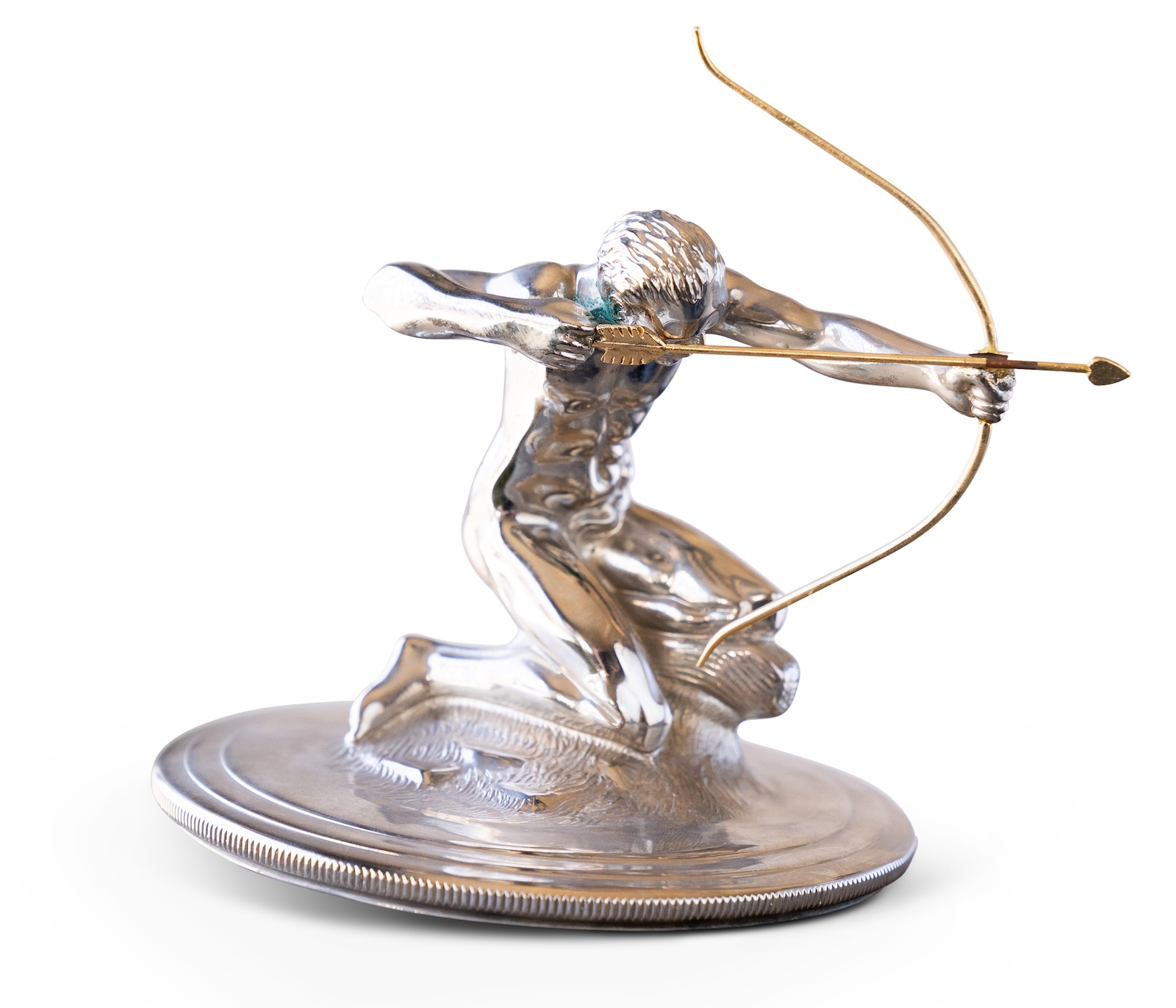
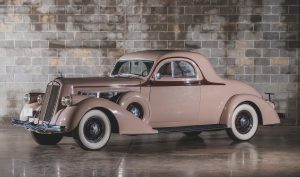
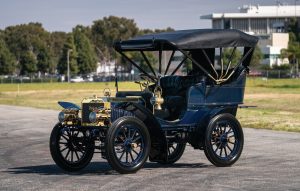
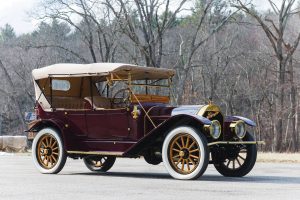

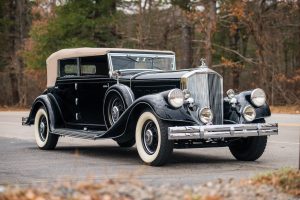
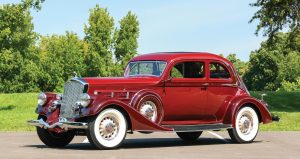
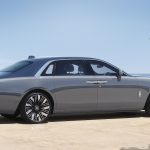
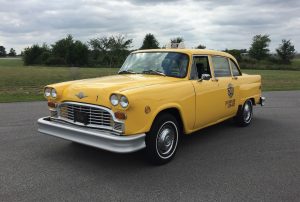
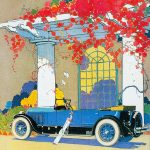

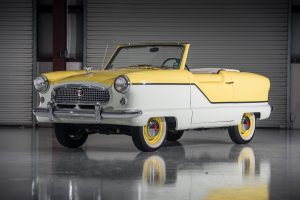
0 Comments